Average sizes and life expectancy for this breed:
A cross between the Burmese and Siamese, the Tonkinese is a medium-sized cat with a fabulous sense of humour. They love nothing more than being with their human companion and overseeing everything that happens in the household. With their approachable, open attitude, they can be an excellent choice for families with children, other felines, and cat-friendly dogs.
The Tonkinese are known to be an active, friendly, social and talkative breed. If you love chatting with your feline companion, this cat is perfect for you. They love the interaction, affection and attention of their family and enjoy cuddling in the lap of their human companion. Just watch out though, as Tonkinese can be stubborn to get their own way, but their sweet, loving and clownish behaviour makes up for it.
The Tonk, as they are lovingly called, are intelligent and active. They are brainy and energetic but don’t get boisterous or engage in much trouble. Tonks enjoy jumping up to high places and master puzzle toys.
Tonk’s adore people, make excellent companions and adapt well in homes with other pets and children. However, they do not like to be left alone, so consider a second cat to keep this active kitty company when their human companion is away.
See available kittens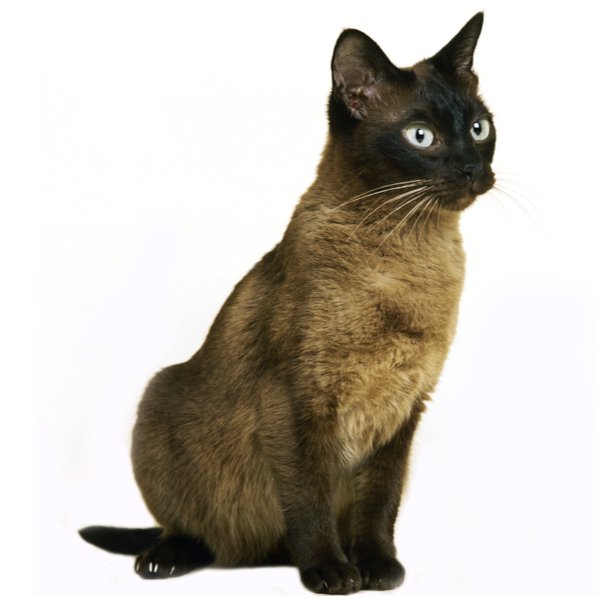

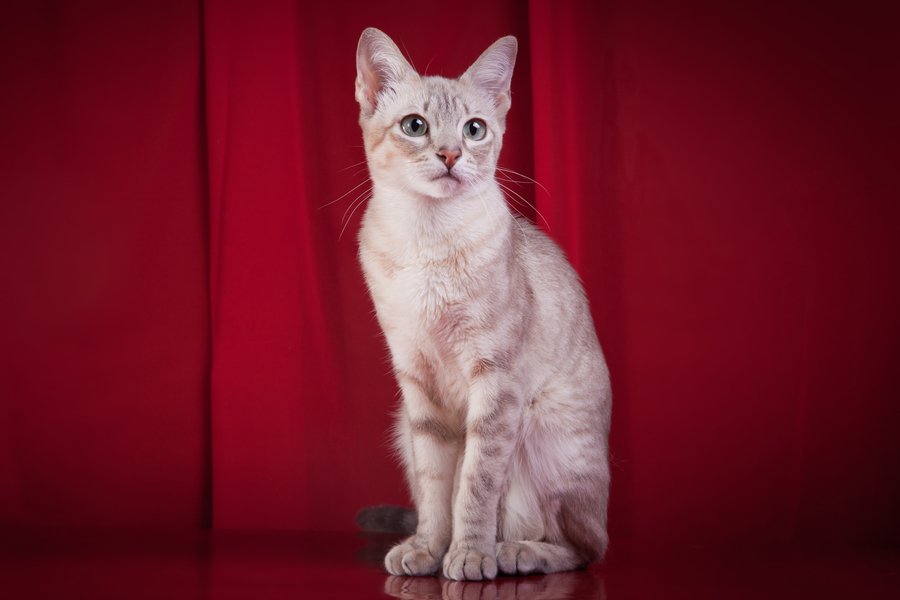


The Tonkinese breed was developed by crossing the Siamese cat and the Burmese. Although Tonkinese kittens were born naturally in Thailand, Wong Mau was the first Tonkinese to come to the United States in 1930. Burmese cat breeders worked with Wong Mau to segregate the brown sepia colour we now see in the Burmese breed, but this breeding program was later discontinued.
Years later, new breeders began to work with the cross breed. Jane Barletta decided to create a cat that was in between the two extremes of Siamese and Burmese. She sets about developing such a breed that would recreate the Tonkinese cat from an earlier period.
In Canada, at about the same time, Margaret Conroy also bred a Burmese to a Siamese. Margaret had a shy Burmese female cat from England who she was hesitant to ship to a stud, so she bred her to a Siamese instead.
The resulting litter of kittens with their tan coats and aqua eyes captivated Margaret, and she began working with the colour. Jane and Margaret began to work together to develop the modest cat breed that mixed the unique traits of two different breeds into a third exceptional confirmation that we know today as the Tonkinese.
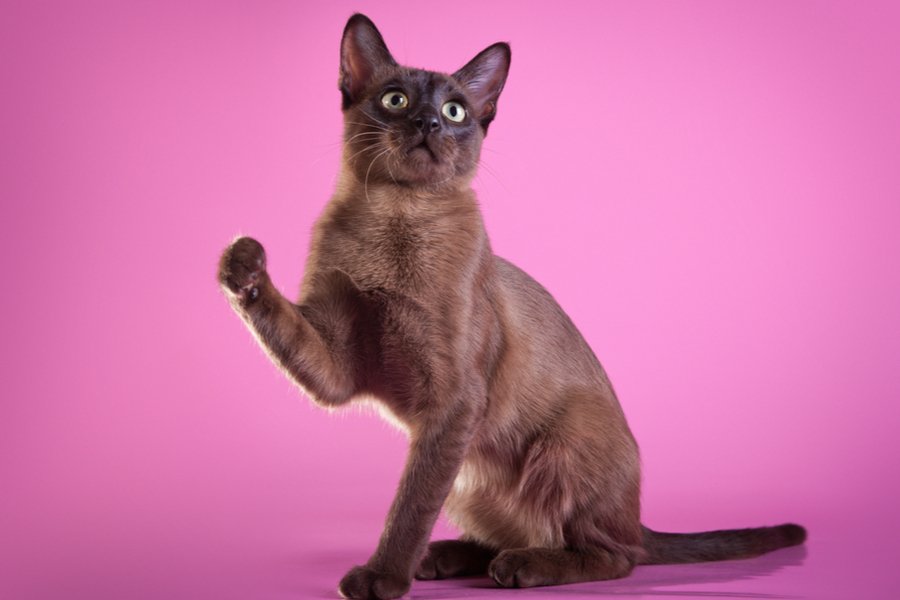
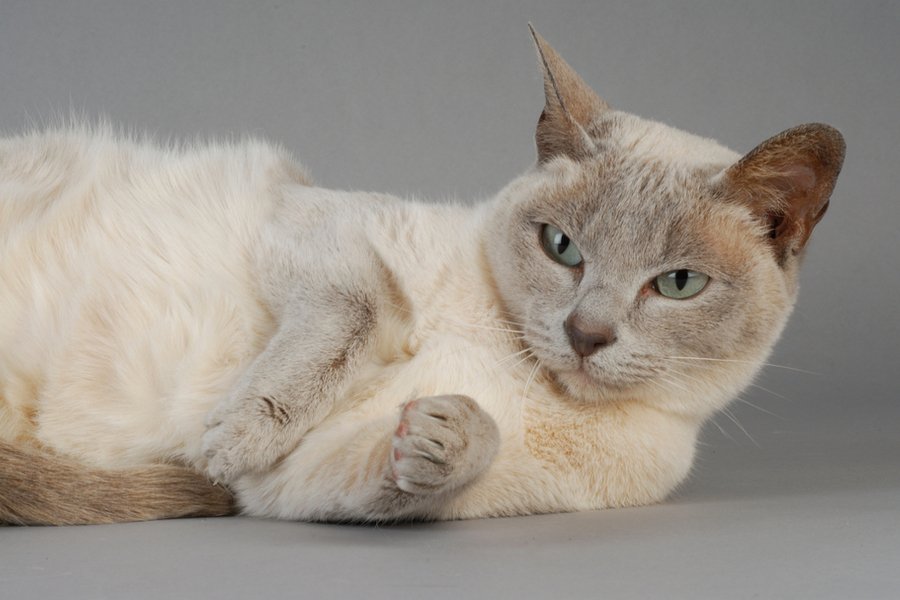
According to the Tonkinese Breed Association, A Tonkinese’s coat can be one of four colour categories: platinum, champagne, natural, and blue. However, Tonkinese cats can come in a wide array of colours with patterns of different intensity such as Cinnamon, Seal, Chocolate, Cream, Red, Lilac, Fawn, and the tortoiseshell counterparts of these colours.
The colour points of the Tonkinese are much softer than those of the Siamese. No matter what colour the Tonkinese is, their coat is short and close to their body with a very smooth feel reminiscent of a cat all wrapped up in an expensive mink coat.
While their twinkling aqua eye colour is frequently considered the Tonkinese’s primary characteristic, it is not the only eye colour that a Tonkinese can have. Mink-patterned Tonkinese cats have aqua coloured eyes, while the Pointed Tonkinese have more of the Siamese’s characteristics and brilliant blue eyes ranging from sky blue to violet. The Solid pattern Tonkinese have a chartreuse eye colour that is closer to the range of the Burmese eye colour.
The compact and muscular Tonkinese is a medium-sized cat that is neither cobby nor slender and is unexpectedly heavy. Their eyes are shaped like a peach pit with an almond top and rounded bottom. They are set into a nice modified wedge with a rounded muzzle. Their medium-sized ears are pricked a little forward, accenting the cat's alertness.
The warm and affectionate Tonkinese likes nothing more than to be with their human companion, preferably on their shoulder to oversee everything their human companion does. Tonkinese cats will greet and charm all your guests in the household. While playing games and running around the house is a favourite pastime, Tonkinese cats also love to cuddle and make a loving lap cat companion.
These outgoing cats also enjoy the company of children, dogs and other pets. While they are not as talkative as the Siamese, Tonkinese cats will hold friendly conversations with their companion, and they expect full attention while they talk. These active and playful cats can quickly take over your house. Making friends with your visitors is an easy task for them and they will assign themselves the role of your “door greeter”.
Because of their sociable and amicable nature, it is not recommended to leave your Tonkinese alone for long periods as they can become bored and mischievous. If you need to leave them at home, it is best to give your Tonkinese a feline friend for company.
Tonkinese cats are sometimes characterised as more like dogs than cats. These intelligent cats are sensitive, and they develop a strong bond with their human companion and display their affection clearly.
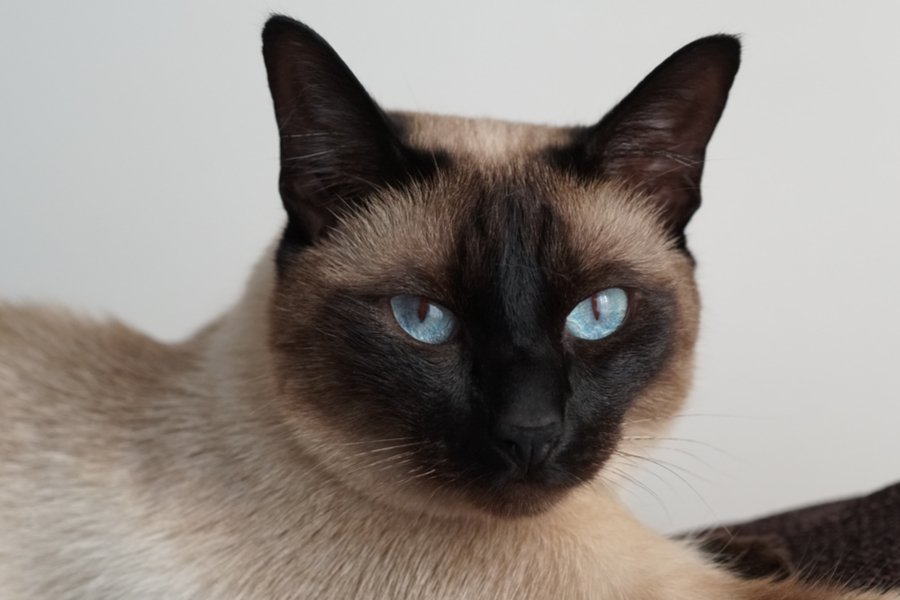
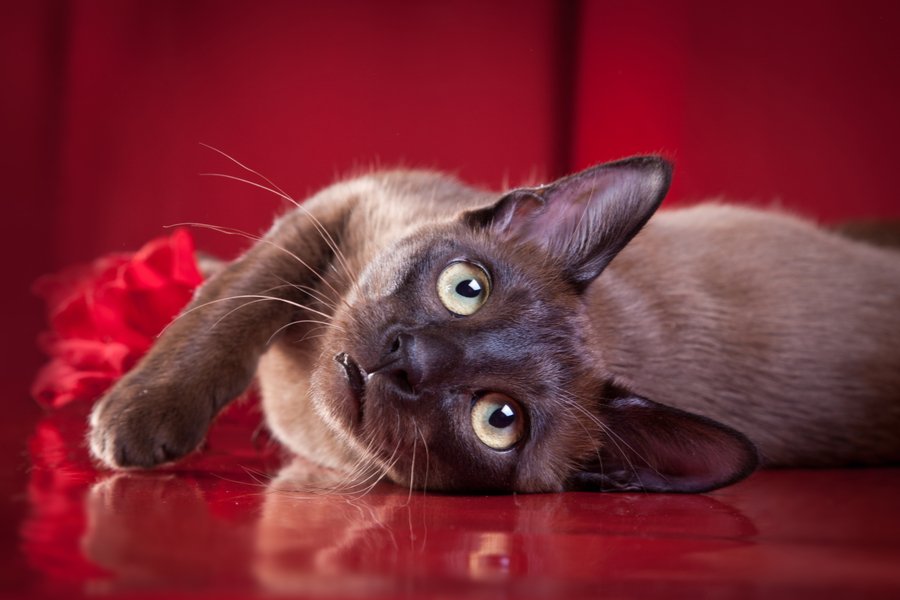
Tonkinese cats are active, playful, curious and intelligent; a great combination for training. They are bright cats with a strong memory and a solid will. That’s why persistence pays off when training them.
They love to create and play games, from engaging in tag with other cats to playing fetch with a favourite toy. Keep them busy and occupied, provide them with plenty of interactive toys and puzzles to keep their mind stimulated.
Because of their natural ability to learn, start them young by showing them easy-to-do and recurring tasks like where to eat, where to find their litter boxes and how to use the scratching post. As they grow and develop more abilities, advance on more complex learning such as doing tricks, following commands and playing games.
Don’t forget to reward your cat with their favourite kibble or treats for good behaviour and by following your commands and completing their training session.
Tonkinese cats love interactive games like chase the ball and a game of fetch. But, watch out as they can also quickly learn to open doors, cupboards and cabinets whenever they please.
When a Tonkinese cat is appropriately trained and socialised with different people, animals and immersed in different environments at an early age, they will grow to become a well-balanced, well-rounded and well-mannered feline companion.
Keeping a Tonkinese cat's coat shiny and soft is easy as their short thick fur does not require much maintenance. Grooming with a rubber brush once a week eliminates any loose or dead hair and an occasional bath keeps the mink-like coat in tip top condition.
Make grooming part of your Tonkinese’s training. Start them young by using a very soft brush that won’t pull their kitten hair or hurt their skin. Make it an enjoyable experience for them so that they submit themselves without any effort when you need to brush them. Giving them treats and kibbles will also help in encouraging them to have their coat groomed.
Check your Tonkinese’s ears weekly. Wipe away any dirt or wax buildup using clean cotton balls and an ear cleaner. Cotton swabs should never be used as these can harm their delicate inner ear. If you notice any foul odour, contact your vet for care and treatment, as this may be a sign of infection.
Inspect their eyes regularly as well for any dirt or discharge. If these are left unclean, it can lead to infections that can be uncomfortable and painful for your cat. To avoid this, use a clean and soft cloth to wipe the corners of their eyes.
Brushing their teeth weekly is sufficient to keep them from tartar buildup and tooth and gum diseases. Tonkinese cats are prone to gingivitis, so make sure to be consistent with their dental hygiene. Use a pet toothbrush and toothpaste approved by your vet. For their nails, trim them as often as needed.
Lastly, it is best to keep your Tonkinese as an indoor cat because of their curious nature. If you permit them to explore the outdoors, make sure you oversee it, so they don’t get into any trouble.
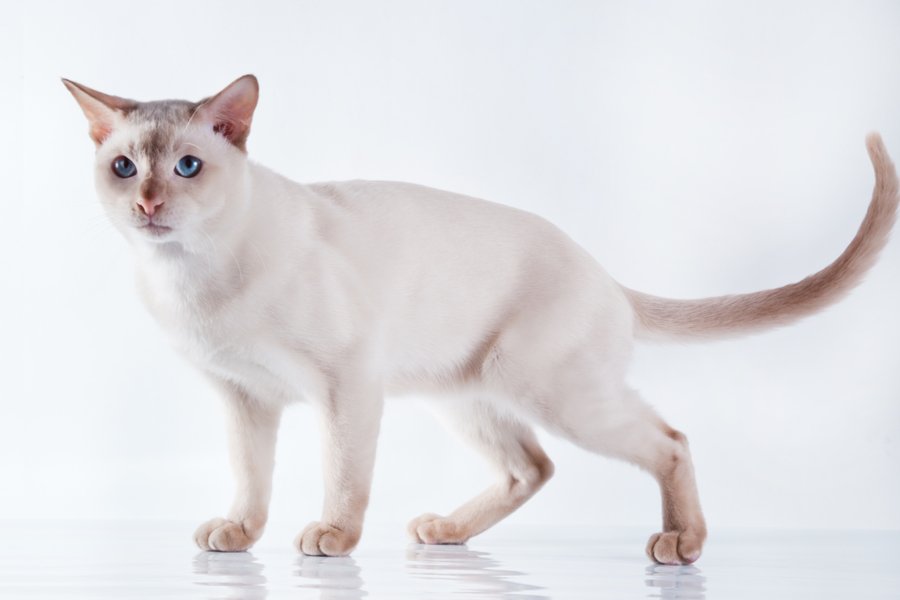
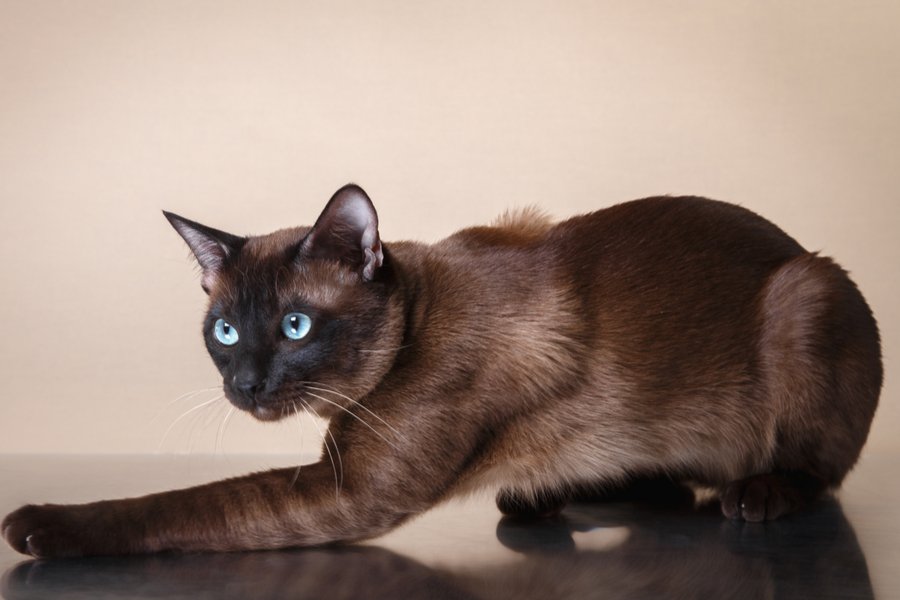
Tonkinese cats are generally a healthy cat breed with no known associated genetic diseases. However, they do appear to be more prone to inflammatory bowel disease (IBD), feline lower urinary tract disease (FLUTD), and amyloidosis, an excess protein deposit in their organs, and dental disease.
Finally, similar to a lot of cat breeds today, Tonkinese cats are at risk for obesity. Because of this, they should be fed a high-quality and age-appropriate balanced diet together with fresh, clean water that is accessible at all times.
Tonkinese’s active, affectionate and playful nature makes them a great feline companion for families with children and other pets. Their energy can match the childrens, and they enjoy interacting with them. Just make sure to supervise every interaction between a child and a Tonkinese to prevent any mishaps or unfortunate events due to mistreating or mishandling.
Due to their friendly and welcoming disposition, Tonkinese can live harmoniously with other pets such as cats – especially their own kind and cat-friendly dogs. But remember, not all cats are the same, so make sure to gradually introduce them in a safe and controlled area to make sure they learn to get along well.
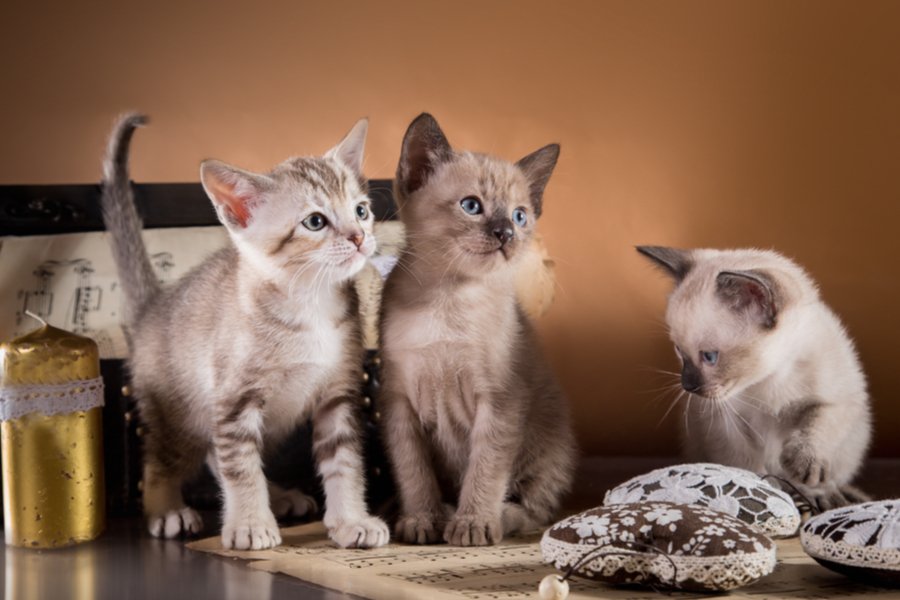
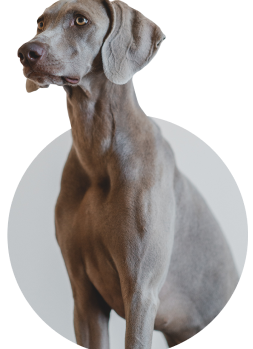
We can connect you with Breeders that are specialized in this particular breed.
See available kittens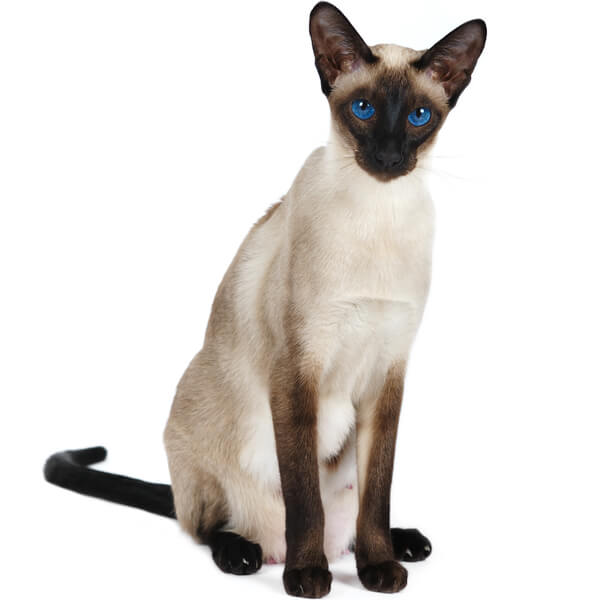
Thailand
Size : Medium
Coat : Short
Registration : GCCF, TICA, CFA, FIFe
Vocality : High
Hypoallergenic : Yes
Grooming : Once a Week
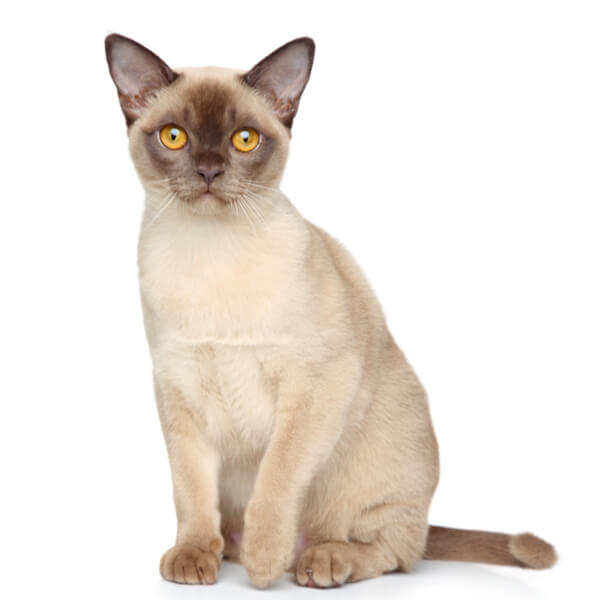
Myanmar
Size : Medium
Coat : Short
Registration : TICA, CFA, FIFe
Vocality : Medium
Hypoallergenic : Yes
Grooming : Once a Week
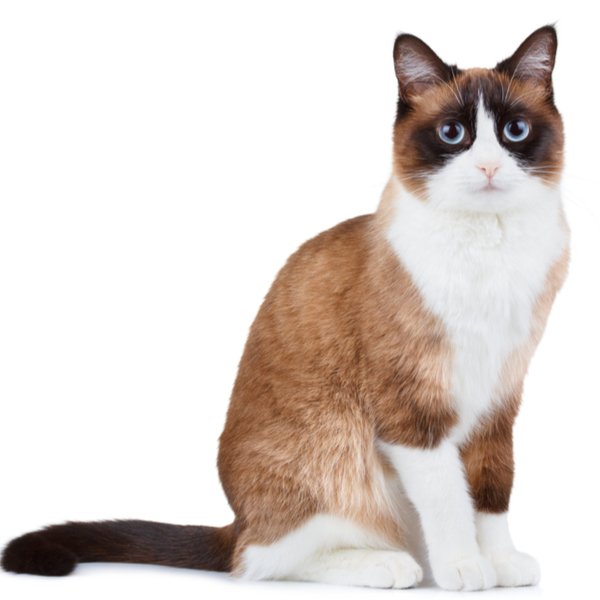
United States of America
Size : Medium
Coat : Short
Registration : GCCF, TICA, CFA, FIFe
Vocality : Medium
Hypoallergenic : No
Grooming : Once a Week
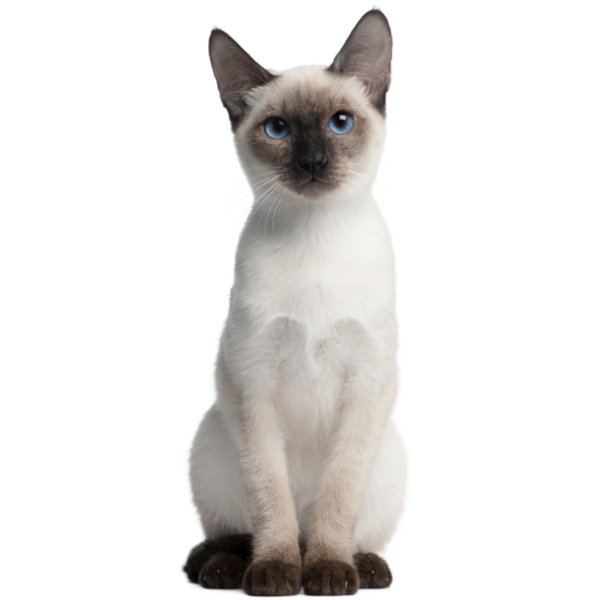
Thailand
Size : Medium
Coat : Short
Registration : GCCF, TICA, CFA, FIFe
Vocality : High
Hypoallergenic : No
Grooming : Once a Week


Need some advice?
Whether you're a first time pet owner, an experienced pet owner, a new or long-time breeder, or just curious about pets, we've got you covered!
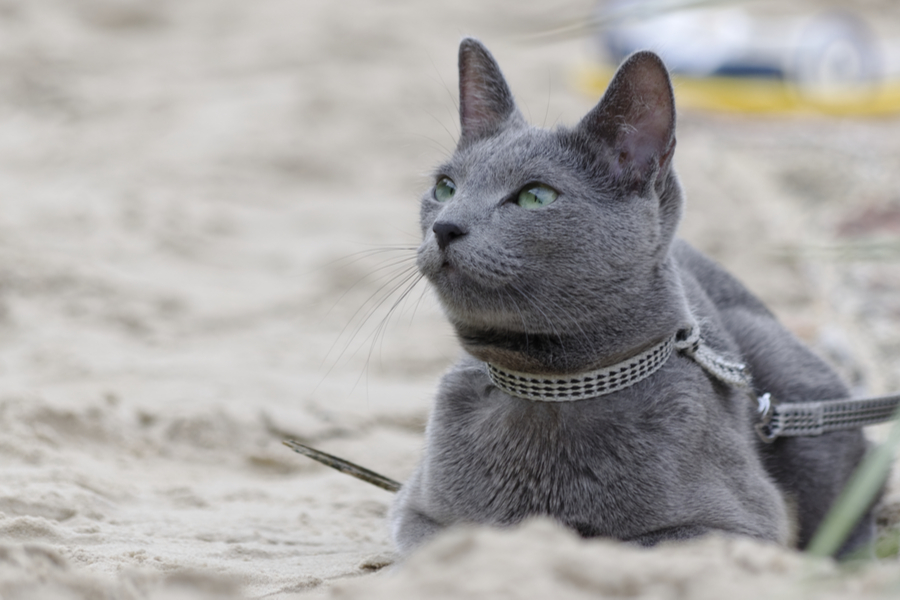
January 17, 2024
What Is The Personality Of Russian Blue Cats?
Russian Blue cats are most known for their distinctive shimmery blue-silver coat and piercing green eyes. However, this breed’s calm and gentle temperament is what makes them shine the most in the feline world.
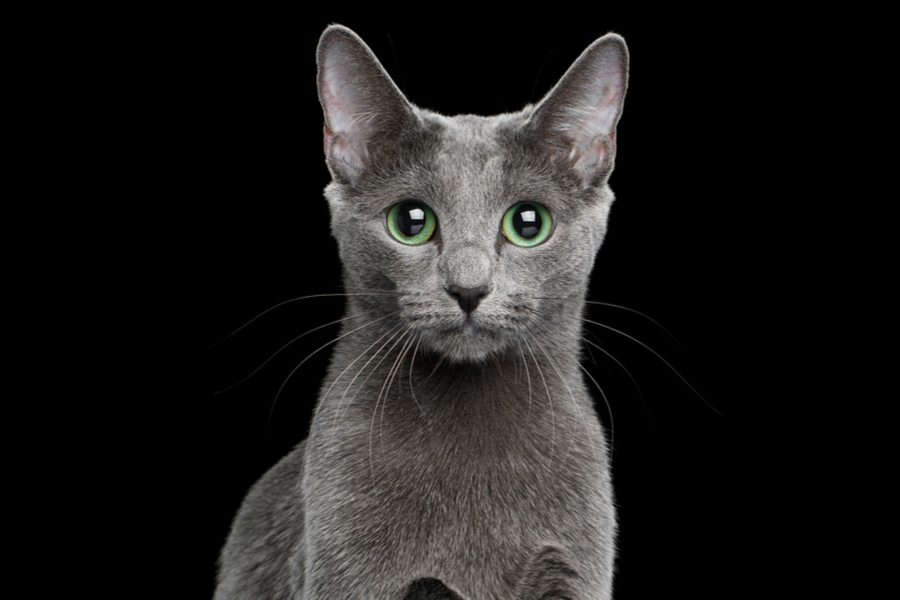
January 17, 2024
10 Facts About Russian Blue Cat Breed
Russian Blues are one of the most aesthetically stunning cat breeds, with a gorgeous plush silvery coat and vibrant green eyes. However, it’s not only their appearance that is beautiful; their nature is too.
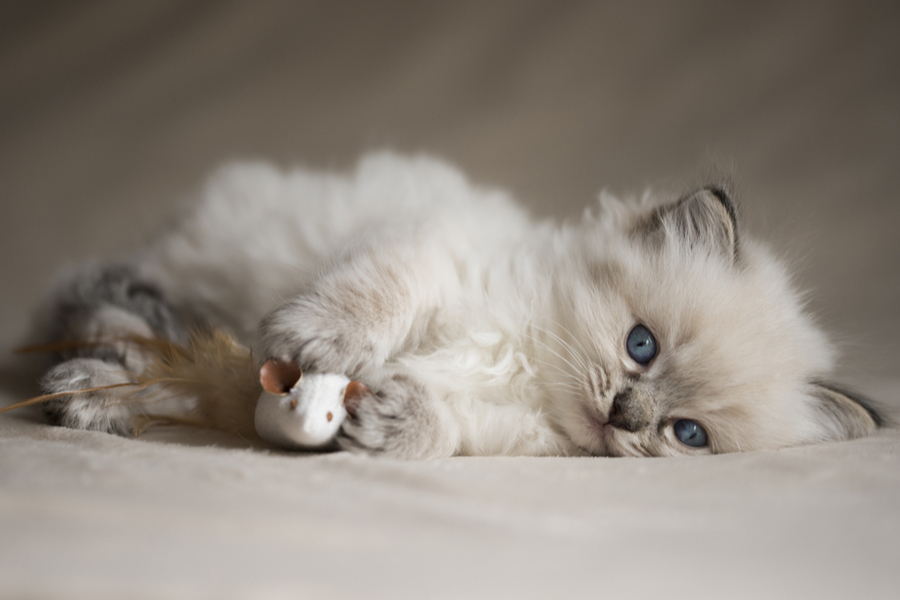
January 17, 2024
How To Choose The Right Cat Breed for You
Cats can make the most fantastic animal companions; they are adorable, friendly, and loving. However, not all felines are created equal. There are many different breeds, of which each has its unique personality traits.
Need some help?
Contact us to speak to our friendly advisor, who will gladly help you find your dream pet!



We are registered in England and Wales under registration number 12568840,
and our registered office is at 58-60 Kensington Church Street, W8 4DB London, England.
© 2023 The Pedigree Paws